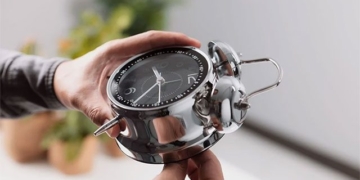For decades, UV rays have been used to disinfect objects and various surfaces, but how do they work and why can ultraviolet light kill bacteria? First, let’s explore some basic knowledge about UV rays.
What is UV Light?
Light is a small part of the electromagnetic spectrum and encompasses all types of electromagnetic radiation. However, not all types of radiation are visible to the naked eye. The colors we see make up the visible light portion of the spectrum, which is organized based on the energy, wavelength, and frequency of each type of radiation.
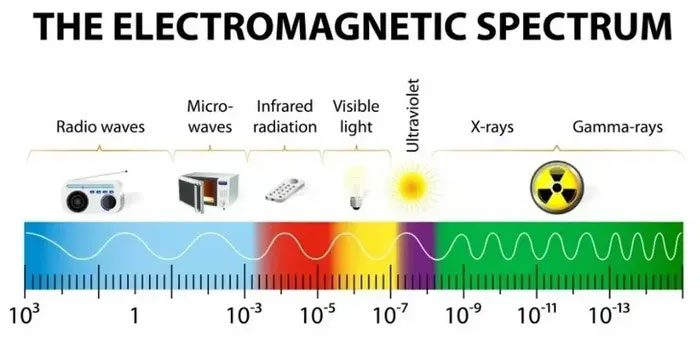
Electromagnetic Spectrum
Ultraviolet Rays are a type of light with a shorter wavelength than visible light but longer than X-rays. UV light has a wavelength range of approximately 200-400 nm and is classified into UVA, UVB, and UVC. Among these, UVC has the shortest wavelength (200-280 nm), followed by UVB (280-320 nm), and then UVA (320-400 nm). One factor that distinguishes UV light from regular visible light is its ionizing power, meaning it can charge or “ionize” the molecules it comes into contact with. Additionally, it’s important to note that energy is inversely proportional to wavelength; the shorter the wavelength, the more energy the light carries, which means UVC rays have the most energy but also the greatest potential to harm living organisms.
You have likely heard that UV rays, in general, are harmful, which is why we need to use sunscreen when going out in the sun. In reality, while UVB rays cause sunburn, moderate exposure to UVB helps the body synthesize vitamin D. This explains why doctors often recommend that we get some sunlight exposure to boost or maintain our vitamin D levels.

The Sun is Our Largest Light Source.
The sun produces many types of light, including three forms of UV rays, with UVC being the most harmful, while some UVB rays are reflected by the ozone layer of Earth’s atmosphere. Most of the UV rays that reach the planet’s surface are about 95% UVA, which is the least harmful to us. As for UVC, its high-energy characteristics create the most impressive ability to kill microorganisms.
How UV Rays Kill Bacteria
The DNA and some proteins within bacteria can absorb these ionizing UVC rays, causing structural damage. DNA is made up of nitrogenous bases known as purines and pyrimidines: adenine (A), thymine (T), guanine (G), and cytosine (C). A and G are purines, while C and T are pyrimidines. These bases pair up, with A complementing or opposing T on the DNA molecule, in contrast to G and C. Billions of bases link together in all possible combinations to form DNA strands.
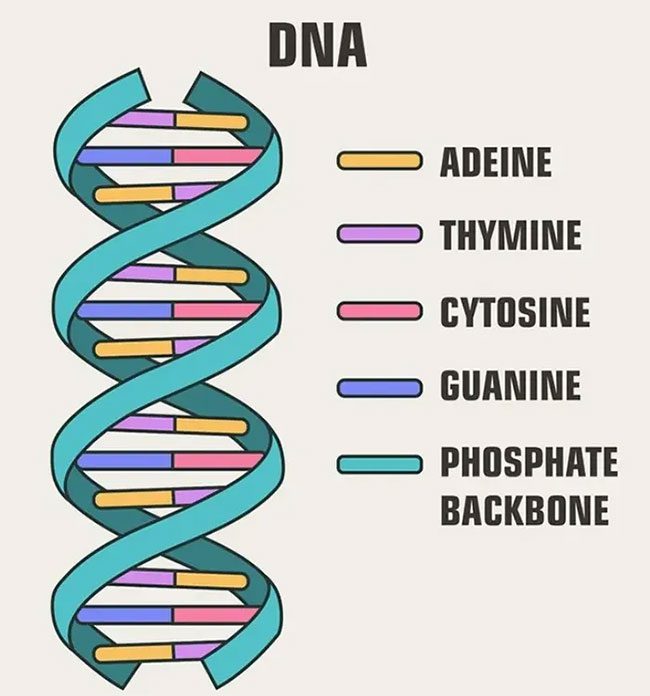
DNA Structure
When absorbing UVC rays, the most affected areas are those containing adjacent pyrimidines, causing two thymine bases next to each other to bond together and form dimers instead of pairing with their opposite bases. Other bases are also affected, but the formation of thymine dimers is the most common, leading to collisions in the DNA strands and conflicting with natural DNA replication processes.
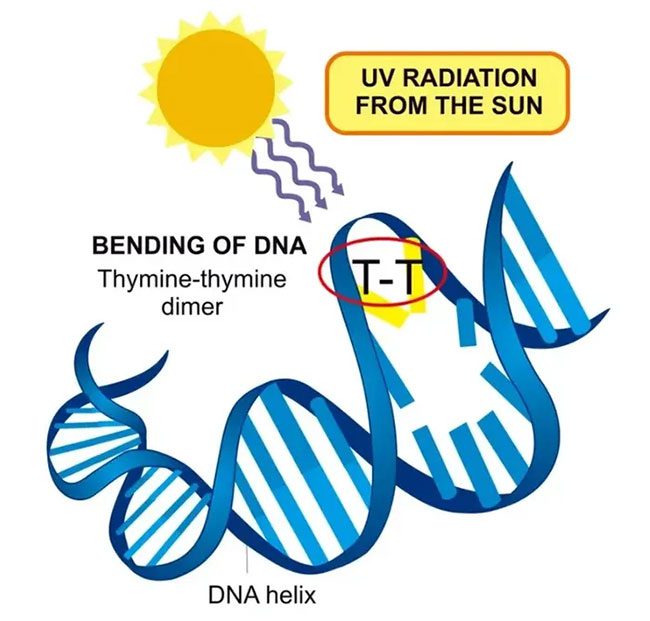
UVC Rays Forming Thymine Dimers
If the DNA cannot be repaired, the bacteria cannot replicate and will eventually die. More precisely, exposure to UVC rays causes DNA mutations. As bacterial cells accumulate more DNA mutations, they signal themselves to undergo apoptosis—the programmed cell death process. At this point, the cells will not replicate, and DNA repair is hindered, resulting in self-destruction. UVC rays can cause cellular mutations in just a few minutes, while UVA and UVB can also damage DNA but are not as effective as UVC.
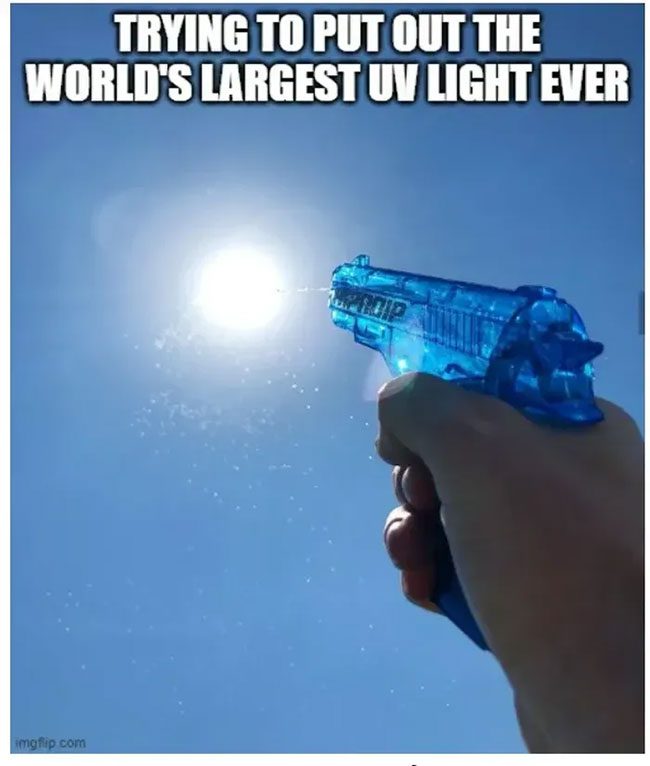
UV Rays Causing DNA Damage
How Effective is UVC Sterilization?
The effectiveness of UV sterilization depends on the exposure time and the material of the object. UVB and UVC rays can be blocked by glass, so if protected by glass, we will not get sunburned. However, UVA can pass through because its wavelength is similar to that of normal light, which means that shining UVC rays through glass is ineffective.
UV rays are most effective for sterilization on hard, flat surfaces. Therefore, if you want to achieve thorough disinfection, UVC needs to be directed at all areas of the surface that require bacterial elimination. Uneven surfaces or objects with grooves and ridges will not be reached by UV rays, meaning bacteria in those areas will still persist.
Moreover, another important factor is the duration of exposure to UV light; surfaces needing disinfection must be exposed to UV rays for several minutes. Simply shining UV light for about 5-10 seconds will not effectively sterilize.
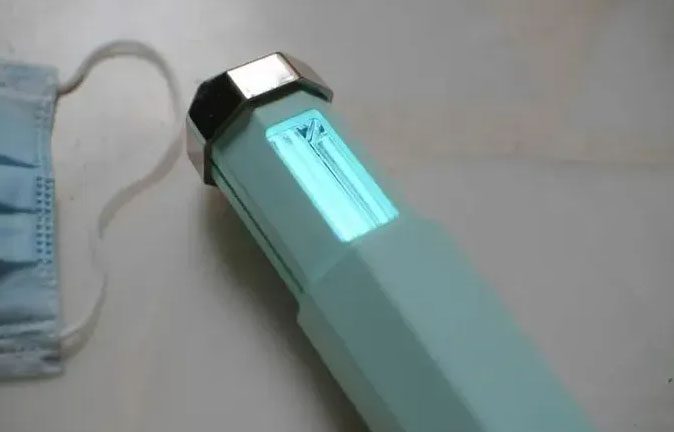
Portable UV Light
Although many household UV devices are marketed as effective, they often do not perform as advertised. Researchers have found that not every device can kill 99.9% of bacteria in just a few seconds; these ineffective devices typically only eliminate about 50% of bacteria. To maximize effectiveness, you need to increase the UV exposure time to at least 10-15 minutes.





















































